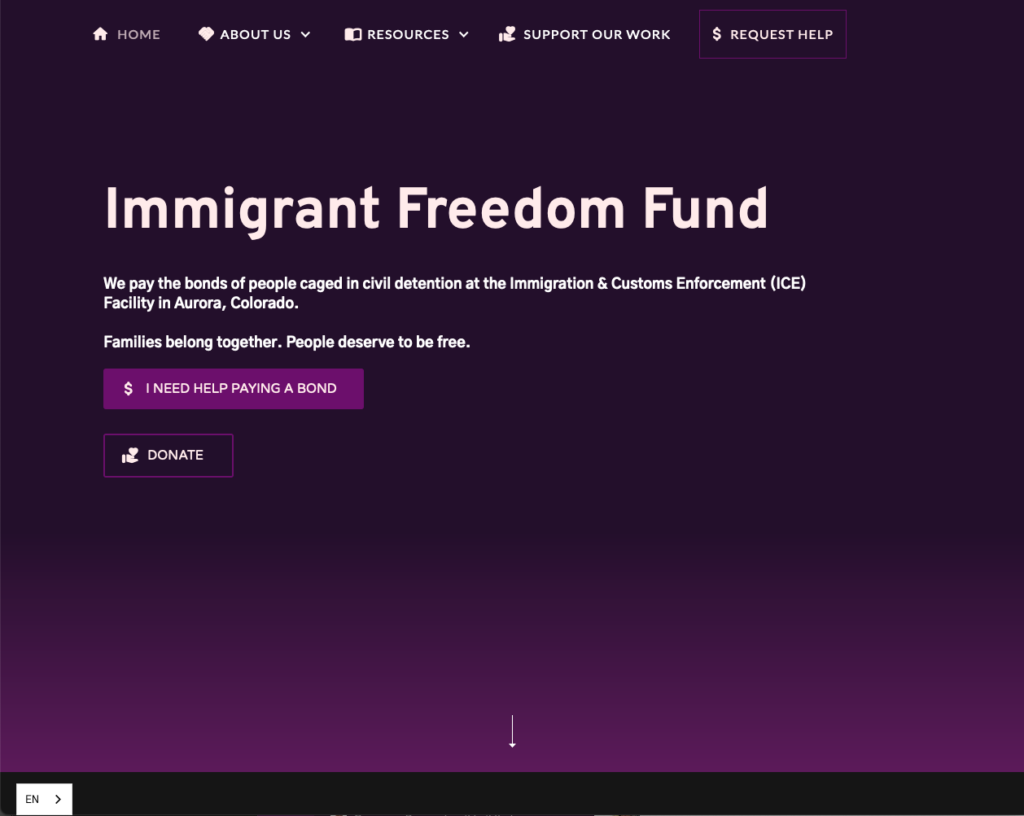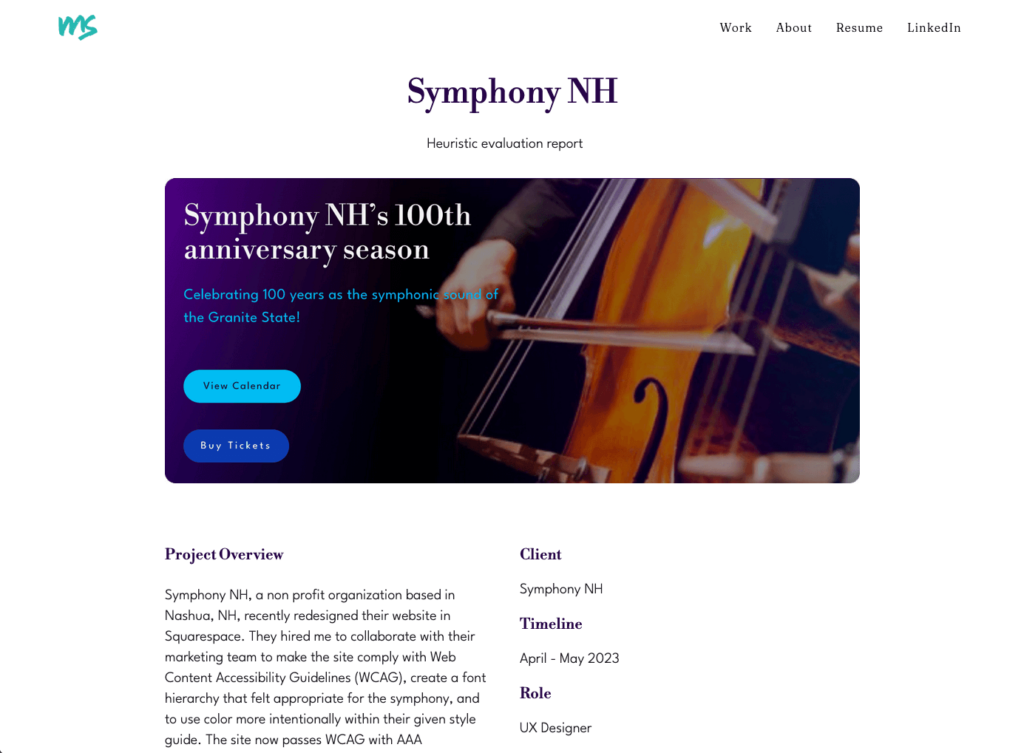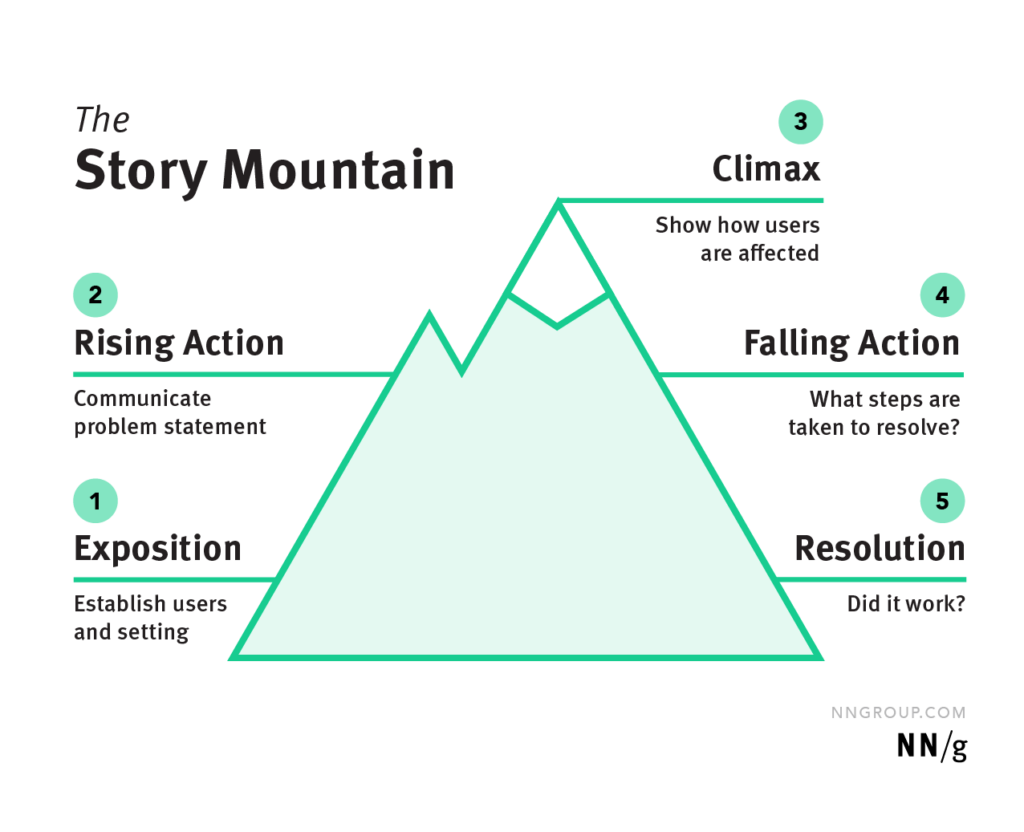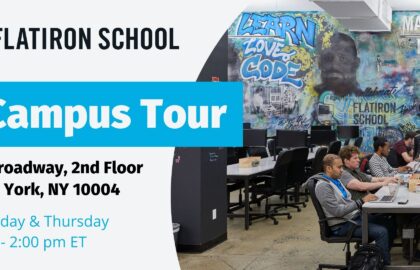So what’s it really like to graduate from a product design bootcamp? Can a bootcamp really provide the skills necessary to land a job as a junior designer?
The answer is yes—absolutely —provided you’re aware that your hardest work begins the day you graduate.
Completing a product design bootcamp is an achievement surely worth celebrating. But know this: the grads currently succeeding weren’t simply handed a job on their last day of school. Getting their foot in the door took a lot of hustle: networking, refining portfolios, and completing new projects.
We spoke to Flatiron School alumni about how they used their time between graduation and landing a design industry job.
Define Your Unique Value Proposition
In her Medium article “Your Portfolio is Freaking Boring,” Melody Koh cautions against generic-sounding welcome statements like I am a junior UX designer passionate about solving problems. If your bio sounds like it could describe almost any junior designer, you’ll find it difficult to distinguish yourself.
Alexandra’s Value Proposition Story
One way to define your unique value proposition is to to connect your pre-bootcamp experience to your new UX knowledge. Flatiron graduate Alexandra Grochowski came from a background in the banking industry. After graduation, she began blogging on Medium about the overlap between UX design and finance. One of her posts caught the attention of the marketing director of Amount, a banking software platform. Alexandra started writing for Amount’s blog, which eventually led to a full-time position as a product designer.

Design graduates are sometimes reluctant to highlight their non-design experience in their promotional materials, but this is a missed opportunity. By blogging her insights about the intersection of design and banking, Alexandra established herself as not just another junior design candidate, but instead, a unique voice with a specifically marketable set of skills.
Revise Your Portfolio Thoughtfully
A common mistake among recent product design bootcamp grads is to wait to apply for jobs until their portfolios are perfect. But here’s the thing:
Perfect design portfolios don’t exist.
Since there’s always room for improvement, take a Lean UX approach to developing your portfolio. Revise until it’s complete enough to receive meaningful feedback from industry contacts and mentors. Use the advice you’ve gathered to make improvements. And in the meantime, keep applying for jobs.
Crystal’s Portfolio Revision Story
Flatiron grad Crystal Ma credits her mentor, a designer at a large Chicago marketing technology company, with providing actionable feedback on her portfolio. Recalling her mentor’s advice that hiring managers may spend five minutes or less reviewing each portfolio, Crystal heavily edited her case studies, using block quotes to call out main points and reducing the amount of text in favor of eye-catching visual assets. She also worked to improve her case study storytelling, removing lengthy design process descriptions and instead highlighted moments of discovery that demonstrate the true value of a design project.
Crystal also emphasized a learning moment from early in the interviewing process: “I didn’t realize that for portfolio presentations, it’s typical to use a slide deck. I used to just open up my website and scroll through it. Do not do this. Go and make a simple slide deck in Figma.”
Find Real Stakeholders
Many product design bootcamps don’t require you to work on actual client projects prior to graduation. And in a way, this makes sense. The typical bootcamp experience involves a quick immersion in the principles of UX research, UX design, and UI design. This is followed by projects that provide an opportunity to demonstrate your knowledge. The short timelines of these projects don’t always allow students enough time to gather and apply feedback from stakeholders.
However, design projects without stakeholders are less likely to impress hiring managers. These rapidly executed assignments allow students to demonstrate their ability to satisfy target users of a product or service. But what about balancing user goals with business needs?
Working with real stakeholders also frequently involves respecting constraints, such as budget limitations or technology requirements, that are hard to replicate in the classroom. You’ll also find that working with actual stakeholders is a great way to practice your communication skills and build connections that can lead to future job opportunities.
Laurel’s Stakeholder Story: Working With a Non-Profit
For her final student project, Flatiron grad Laurel Klafehn worked with the Immigrant Freedom Fund, a non-profit organization advocating for the end of cash bail that pays immigration bonds for people detained in Aurora, Colorado. Laurel’s client provided tangible, real-world goals—including reworking the organization’s digital presence—to attract more donations from community members, as well as allowing people advocating for their detained loved ones to request help.
Just as importantly, Laurel learned to work within the project’s constraints, including a limited budget, providing support for users who speak languages other than English, and the need to help families navigate a civil detention system that is intimidating and unclear. Laurel has continued working with the Immigrant Freedom Fund after graduation, demonstrating a high level of commitment and an alignment between her design work and her personal values.

Nonprofit organizations like the Immigrant Freedom Fund can be a useful and rewarding source of real stakeholder work after graduation. To find nonprofit opportunities, try reaching out to your LinkedIn network. Or, search Google for design volunteer opportunities in [your location]. You might also check out some of the websites aimed at connecting volunteers with organizations in need. While a few websites such as UX Rescue are aimed specifically at helping designers make an impact, most offer a more general collection of volunteering opportunities.
Tara’s Stakeholder Story: Leveraging Family and Friends
In addition to partnering with nonprofits, some graduates have used their existing network of family and friends creatively to help them find opportunities to create client work. Flatiron graduate Taras Sarvas graduated from Flatiron shortly before the start of the COVID-19 pandemic, a moment of high uncertainty where design projects were difficult to find. Taras used this time to design an e-commerce website for San-Tech, a plumbing fixture retail chain located in Ukraine and run by Taras’s father.

Taras also credits part of the success of his job search to letting his personality shine through in his portfolio. Recruiters and hiring managers view dozens of portfolios in a single sitting, so a list of technical abilities alone won’t grab their attention. Taras recalls hearing “multiple times from hiring managers that my portfolio is memorable because I have a silly waving .gif of me on my landing page.”
Network, Network, Network
It’s no secret that networking is essential to developing your career and discovering job opportunities. In fact, after graduating from a product design bootcamp, you’ll need to spend just as much time networking using LinkedIn as you do revising your portfolio, completing new projects, and filling out applications. Especially since having someone in your network refer you for a position is far more productive than filling out online applications at companies where you’ve made no connections.
One common networking mistake is concentrating only on people in a position to offer you a job. Being referred to an open position can be a bonus effect of networking, but the true goal is to build meaningful relationships within the industry, and to learn from other people’s experiences. Establishing industry contacts has tremendous value even when it doesn’t immediately result in a job lead.
Max’s Networking Story
Flatiron grad Max Shakun connected with as many people as he could after finishing the program, including recruiters and hiring managers, junior designers with less than a year’s experience, and more senior professionals.
Max notes recruiters and hiring managers frequently stated a preference for real-world projects as opposed to school work, which emphasizes our earlier point about the importance of working with real stakeholders. In fact, reaching out to his existing network (including non-designers) led Max to his first client project, participating in a redesign of the non-profit Symphony New Hampshire website with an emphasis on WCAG accessibility compliance.

As Max looked for jobs, he learned from the missteps and eventual successes of junior designers who were six months to a year ahead of him in their career path. And as for senior designers, Max found them a valuable source of design mentorship:
“I have found the UX/UI community to be incredibly supportive, and so many senior designers are happy to answer questions you may have about the field and your portfolio. I think the support system likely comes from the built in iterative nature of product design. We all value and appreciate honest feedback!”
Is Product Design Right For You?
If the experiences and portfolios of design professionals like Alexandra, Taras, Crystal, Laurel, and Max have you feeling inspired, consider applying to Flatiron School’s Product Design Bootcamp. You’ll learn the design skills needed to build a competitive portfolio and land your first job in the product design industry.
Not sure if you’re ready to apply? Download the syllabus to learn more about the skills you can acquire in our bootcamp. Or, check out our free Product Design Prep Work to explore the material we teach in the course.
And if you are curious about what students learn during their time at Flatiron, attend our Final Project Showcase.





